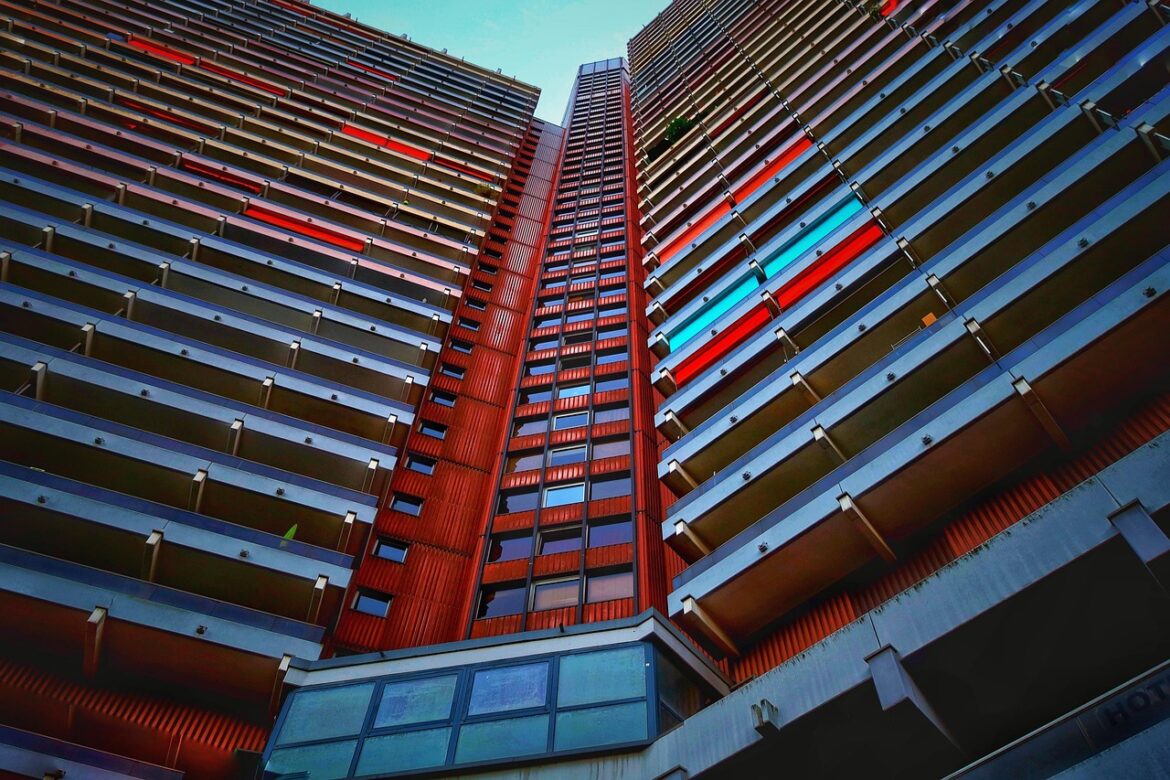Welcome to the Future of Climate-Conscious Design
Imagine a world where cities, gardens, and buildings aren’t just structures, but living, breathing ecosystems designed to fight climate change. This isn’t science fiction — it’s happening right now, shaping our planet’s future.
1. Climate-Smart Cities: Building for People and Planet
Every 10 days, a new city of 1 million people rises somewhere on Earth, presenting a unique chance to rethink urban living from the ground up. Experts highlight that in many fast-growing cities, especially in the Global South, urban sprawl leads to more carbon emissions because people need to travel further for work, school, and leisure.
Here’s the breakthrough idea: the 15-minute city. This concept puts everything — offices, parks, schools, shops — within a 15-minute walk or bike ride, slicing emissions and boosting community spirit. This compact city design not only reduces our carbon footprint but also makes life easier and more enjoyable.
Also, rethinking building materials is crucial. For instance, using cross-laminated mass timber replaces more carbon-heavy concrete and steel, storing carbon within buildings themselves.
Additionally, simple design tweaks like painting rooftops white or improving building envelopes (the layers separating inside from outside) can dramatically cut heat stress — lowering temperatures inside by nearly 100%, lessening the need for air conditioning.
2. Tiny Forests with Big Impact: The Miyawaki Method
Small spaces are getting a big makeover thanks to the Miyawaki method — a game-changer in urban forestry. This technique creates dense, native forests in tiny urban plots, sprouting growth 10 times faster, fostering biodiversity 100 times richer than traditional tree planting.
But it’s more than planting trees; it’s about building communities of plants that have evolved to live together, creating resilient, self-sustaining mini-ecosystems. These mini-forests not only cool neighborhoods, improve air quality, and support wildlife, but also provide serene green escapes for city dwellers.
3. Sustainable and Climate-Resilient Gardens
Outdoor spaces are evolving beyond just looking good. Climate-resilient gardens of 2025 thrive through drought-resistant plants and smart water management systems.
Combining this with durable, eco-friendly furniture like teak — known for its weather resistance — makes these spaces not just beautiful but practical and long-lasting. These gardens become havens for relaxation that respect the planet’s limits.
4. Designing Resilient Buildings for an Uncertain World
Facing the harsh realities of escalating heat waves and floods, designers are shifting gears to focus on resilience — the ability of buildings and communities to bounce back from extreme weather.
Instead of one-size-fits-all solutions, design teams dig deep into local climate risks and culture, crafting spaces that anticipate future challenges. For instance, new projects are experimenting with climate-resilient urban landscapes that balance flood control with urban greening, improving air quality while safeguarding homes.
One inspiring initiative called The Hydroscape imagines a future Eden Project for cities — a large-scale hub showcasing innovative, resilient architecture and adaptive designs for the next generation.
Why It Matters
Climate-smart design isn’t just about cutting emissions — it’s about weaving new ways of living where people and nature thrive together. These approaches bring co-benefits: better air, more biodiversity, vibrant communities, and healthier lives.
While the challenge of climate change can feel overwhelming, these stories of design ingenuity offer hope and actionable steps. They remind us that thoughtful design is a powerful tool to shape a future where resilience and sustainability are built into the very fabric of our cities and homes.
What You Can Take Away
- Cities designed for walking and biking reduce emissions and create cohesion.
- Using the right materials and colors on buildings can combat heat and lower energy needs.
- Tiny urban forests, like those grown with the Miyawaki method, restore biodiversity and cool neighborhoods.
- Sustainable gardens that celebrate drought-resistant plants and durable furniture enhance outdoor living.
- Resilience in architecture anticipates extreme weather and integrates local knowledge.
In 2025, design is more than aesthetics — it’s a frontline response to our climate crisis, creating homes, parks, and urban spaces that protect, empower, and inspire us all.
References:
- https://environment.yale.edu/canopy/2025/cover-story/creating-climate-smart-cities
- https://www.futureecologies.net/listen/fe-6-5-the-method
- https://www.luxushomeandgarden.com/blogs/news/the-2025-garden-looks-everyone-will-be-copying
- https://upskillok.org/micro-credentials/
- https://www.mixinteriors.com/person/positive-impact-designing-a-climate-resilient-future/
- https://climatecasechart.com/wp-content/uploads/non-us-case-documents/2025/20250703_18528_decision-1.pdf
- https://leaparchitecture.com/20-architectural-design-trends-2025/
- https://www.cmu.edu/osher/teach-for-us/fall-2025_final-for-web_6.24.25.pdf



